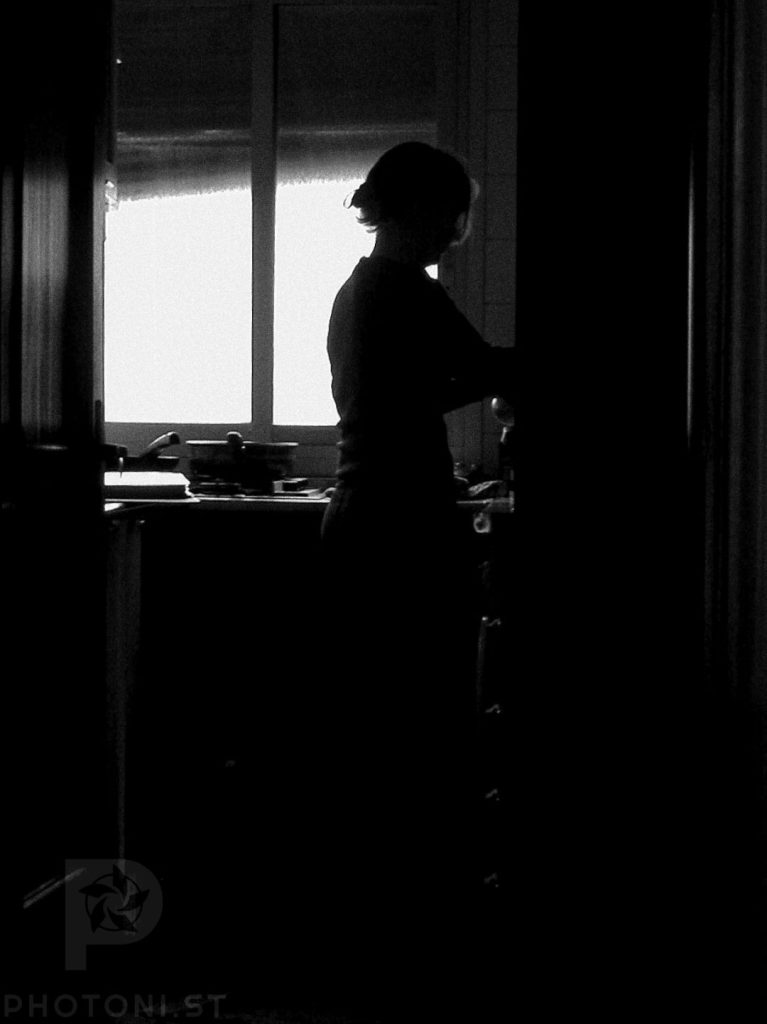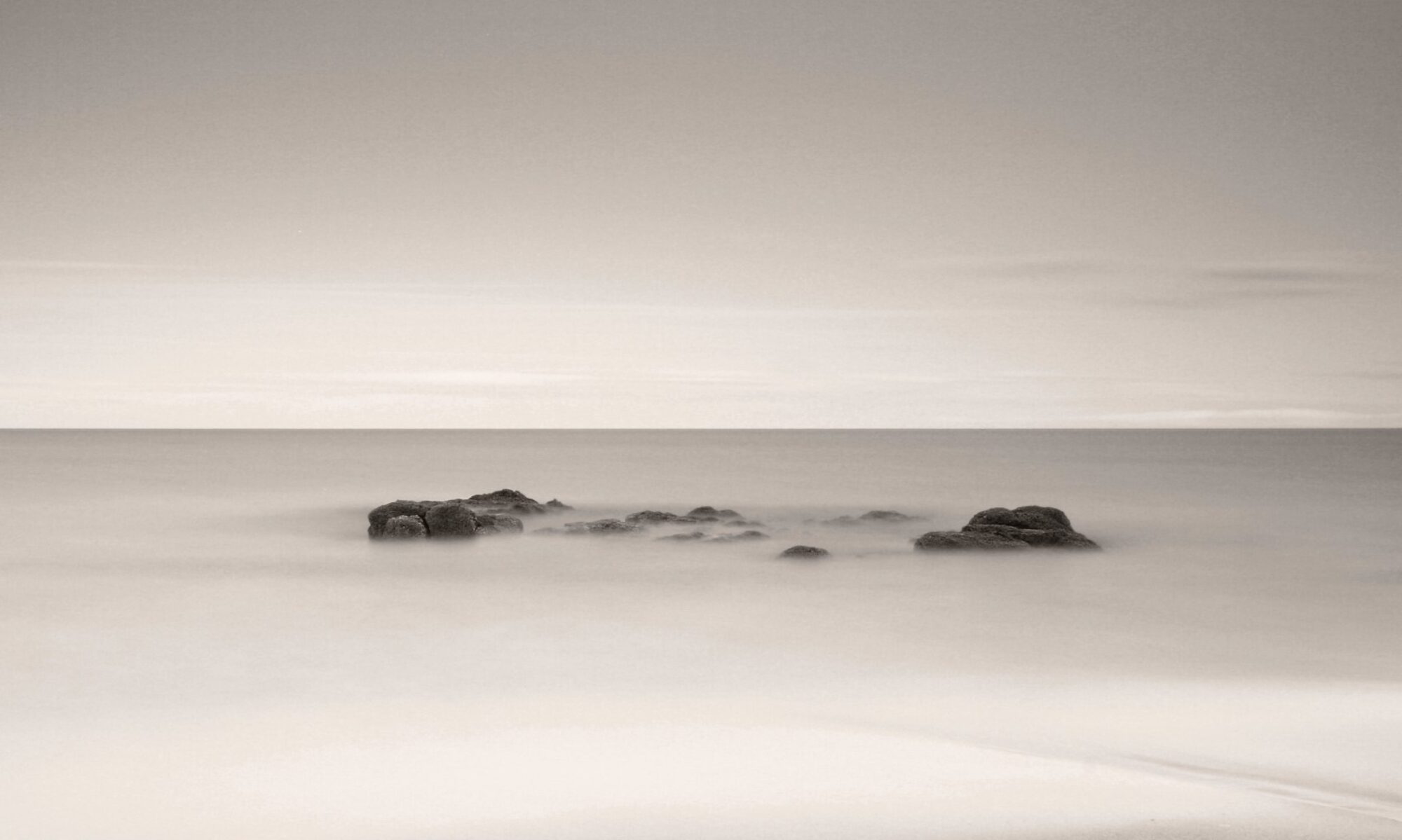In the pursuit of photographic excellence, we often find ourselves trapped in a self-imposed prison of technical perfection. Sharp focus, precise framing, and optimal exposure become our jailers, limiting our creative expression and emotional connection to the images we create. But what if these supposed imperfections are not flaws at all, but rather windows into a deeper, more authentic form of storytelling?

The journey from perfectionist to embracer of imperfection is one many photographers undertake. I’m one of them. I used to absolutely hate photos that weren’t sharp, that looked even slightly blurry, or that were weirdly framed. It was all nonsense, pretentious posing to me.
It often begins with frustration. That constant dissatisfaction with images that don’t meet our exacting technical standards. We delete countless photos that don’t achieve that crystal-clear sharpness or contain slight composition errors, believing them unworthy of existence.
Yet these “imperfect” photographs often carry within them a second narrative, one that runs parallel to the intended subject matter. They tell the story of the photographer themselves, their presence, their movements, their decisions, and their humanity. A slight motion blur doesn’t just represent technical failure; it captures the photographer’s physical presence in that moment, their breath, their heartbeat, their excitement or nervousness.
Take a slightly blurred image: beyond the immediate subject, it raises intriguing questions about the circumstances of its creation. Was the blur an accident born of excitement? A deliberate choice to convey motion or emotion? What compelled the photographer to preserve this image rather than condemning it to digital oblivion? Why did they decide to show it to the world? These questions add layers of mystery and meaning that a technically perfect photograph might never achieve.
It took me a few years to decide to keep all my images without exception, even those I disliked at the time I took them because they weren’t what I was aiming for, or because of obvious technical imperfections.
I discovered a few years ago the Japanese aesthetic principle of wabi-sabi that embraces imperfection and transience as sources of beauty. Applied to photography, this concept suggests that technical flaws can enhance rather than diminish an image’s impact. A slightly misaligned horizon might create unexpected dynamic tension. An overexposed highlight could introduce an element of ethereal mystery. These “mistakes” become brush strokes in a more expressive visual language.
Moreover, imperfect photos often feel more authentic, more human. They remind us that photography is not merely about documenting reality with clinical precision, but about capturing moments as we experience them: sometimes unclear, sometimes messy, but always real. In an era of increasingly automated and artificial imagery, there’s something powerfully honest about photographs that bear the marks of human imperfection.
Perhaps the most profound aspect of photographic imperfection is how it transforms the photographer from a distant observer into an active participant in the scene. Traditional photography often strives to maintain the illusion of an invisible, omniscient eye, a perfect window into a moment untouched by human presence. But when imperfections creep in, they shatter this illusion in the most beautiful way possible.
A camera shake reveals the photographer’s racing heart as they captured a fleeting moment. A slightly tilted frame suggests their urgency to capture a scene before it disappears. An imperfect focus might betray their emotional connection to one element of the scene over another. These technical “flaws” serve as signatures, not just of the photographer’s presence, but of their emotional and physical state during the capture.
Through these imperfections, the photographer becomes an invisible actor in the narrative, their presence felt but unseen, like a ghost whose movements have been captured in the very fabric of the image. The photograph transforms from a mere window into a scene into a document of an interaction between photographer, subject, and moment. It becomes a record not just of what was seen, but of the very act of seeing and capturing.
As I said before, photography is not about the camera, it’s about you. People are where the photographs origin from and are the intended audience. Skills, perfection, and hardware are only a means to an end, not what photography is about. Despite what camera and lens manufacturers try to make us believe every time they launch a new gizmo that allegedly will make all photos perfect with no effort.
Obviously, we shouldn’t abandon technical skills or careful composition. Rather, it’s an invitation to expand our definition of what makes a photo worthwhile. Technical excellence can coexist with creative imperfection, each serving different artistic and emotional purposes in our photographic practice.
The next time you’re about to delete a photo for being less than technically perfect, pause. Look deeper. What story does its imperfection tell? What questions does it raise? What emotions does it stir? You might find that the “flaw” you were about to discard is actually the element that makes the image uniquely powerful and profoundly human.
In embracing imperfection, we free ourselves to explore photography not just as a technical craft, but as a genuine form of personal expression. One that celebrates the beautiful unpredictability of both the moments we capture and the ways we capture them.
It is a message that it took me a long time to accept. I fought hard against it. Letting go off the goal of perfection (in hardware and in the photography process) is a struggle. It goes against everything we’re told photography should be. It requires unlearning years of practice and training for something significantly harder to quantify: where is the limit between evocative imperfection, and bad photography?
#Photography #Opinion #PhotographyTheory #Theory #IMayBeWrong

